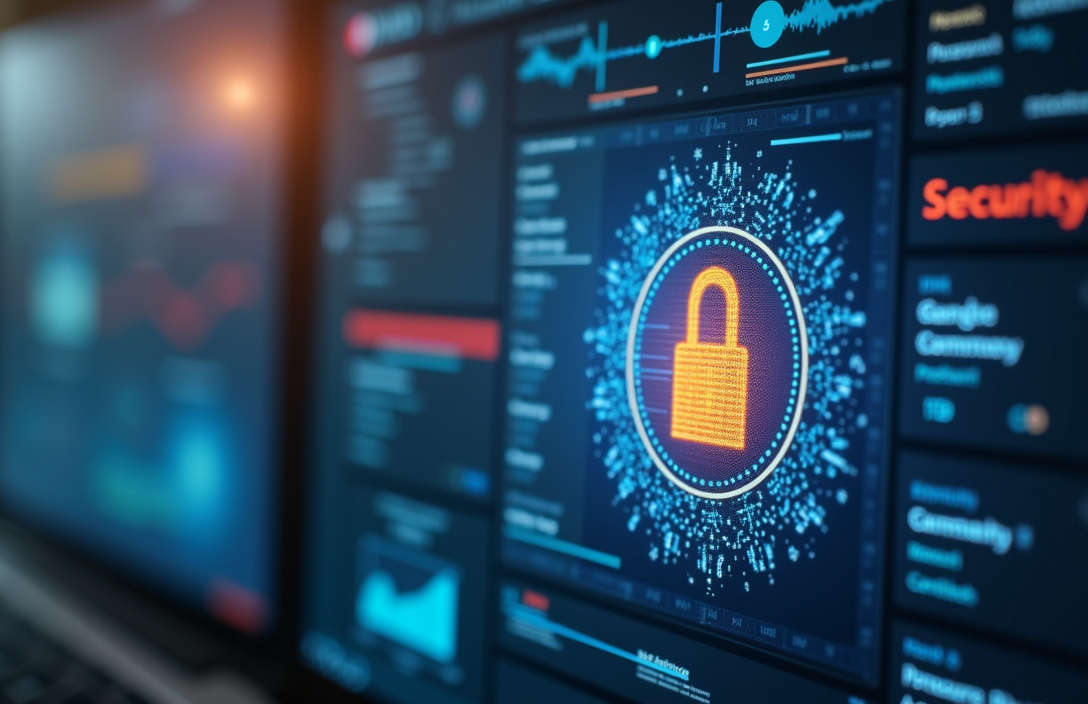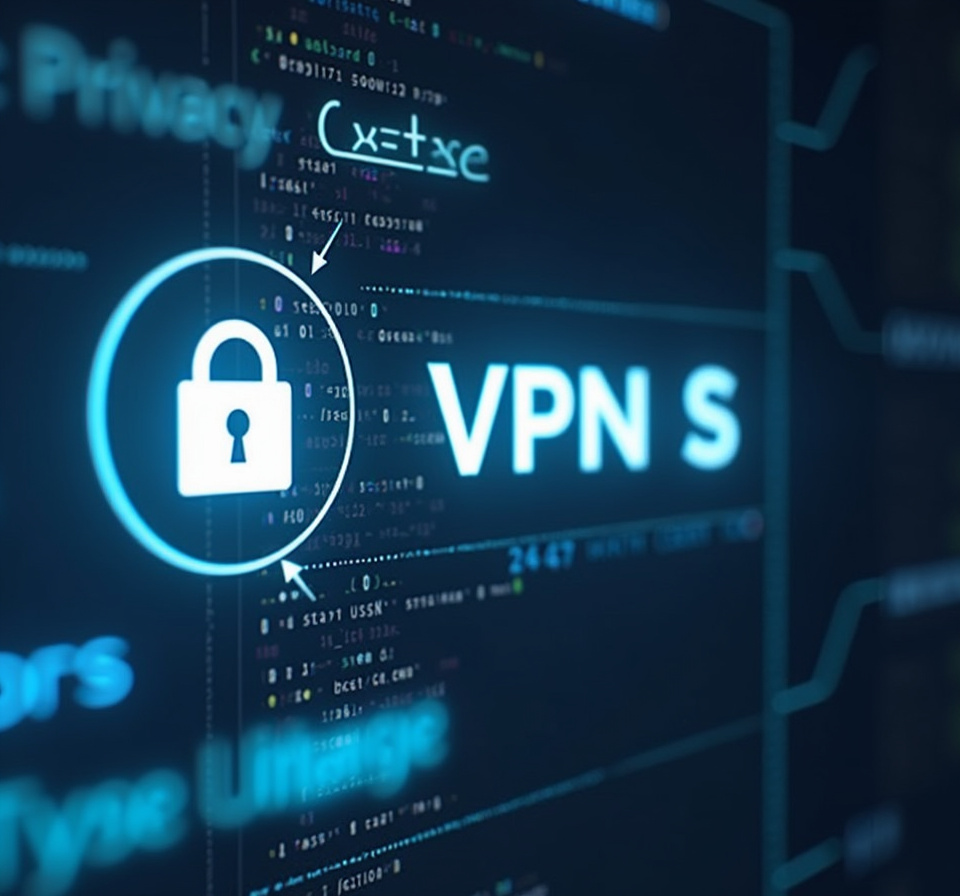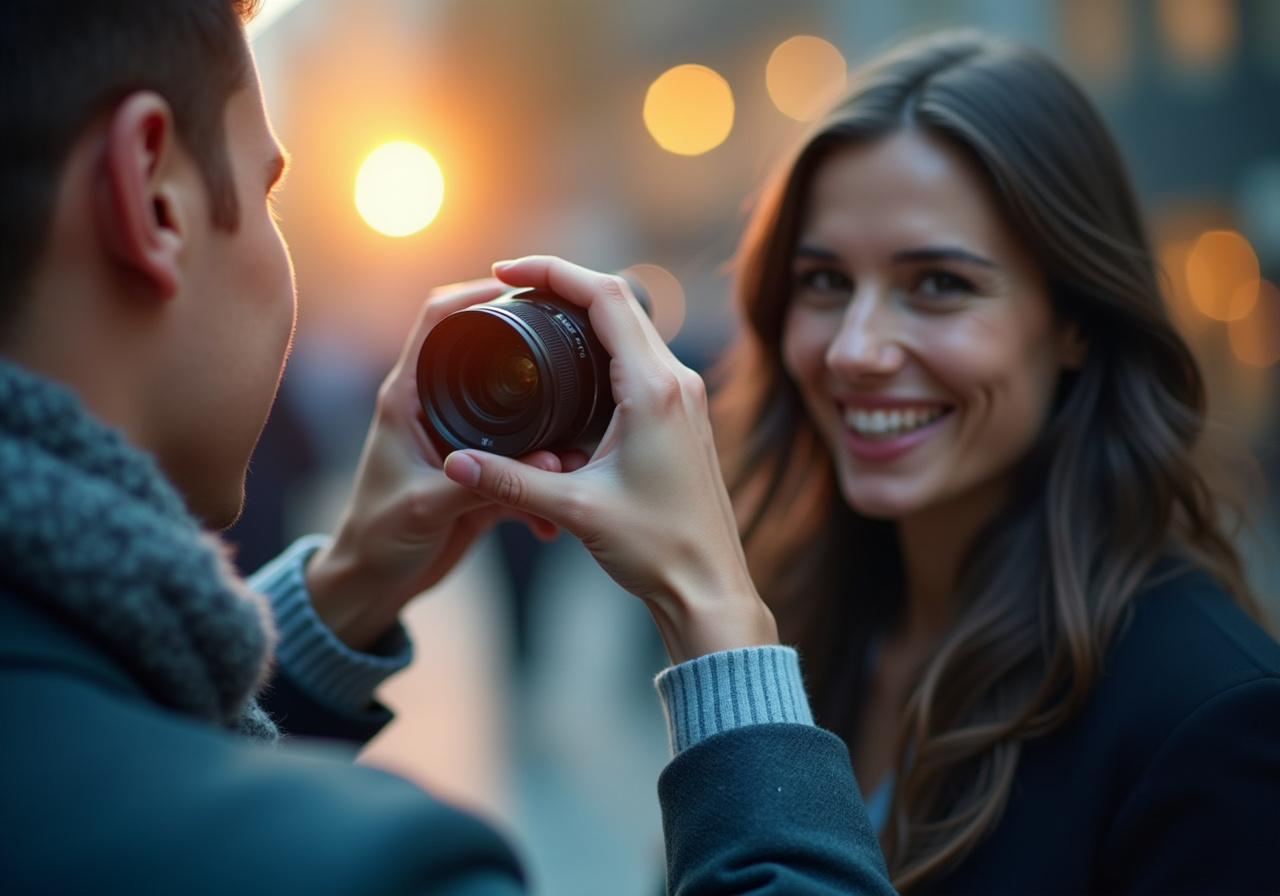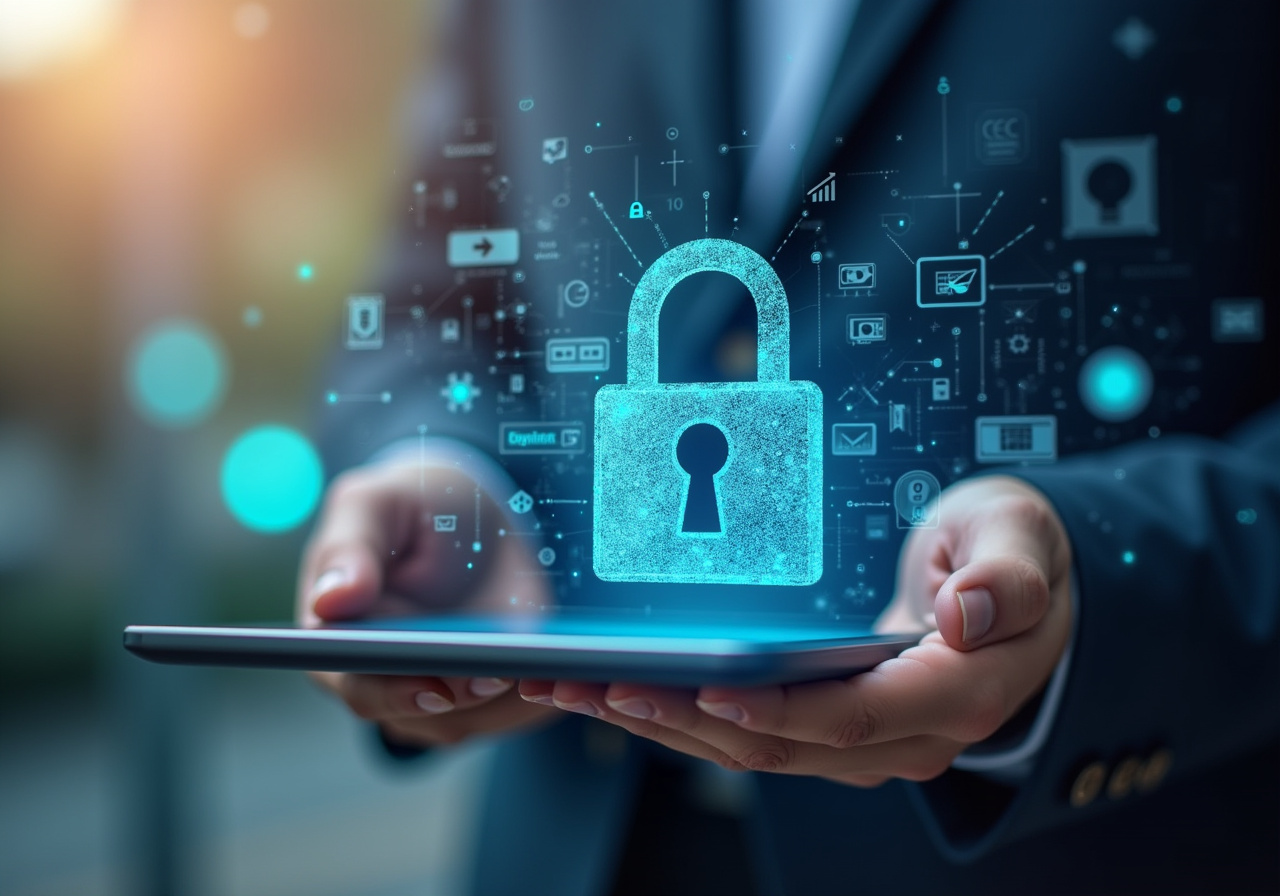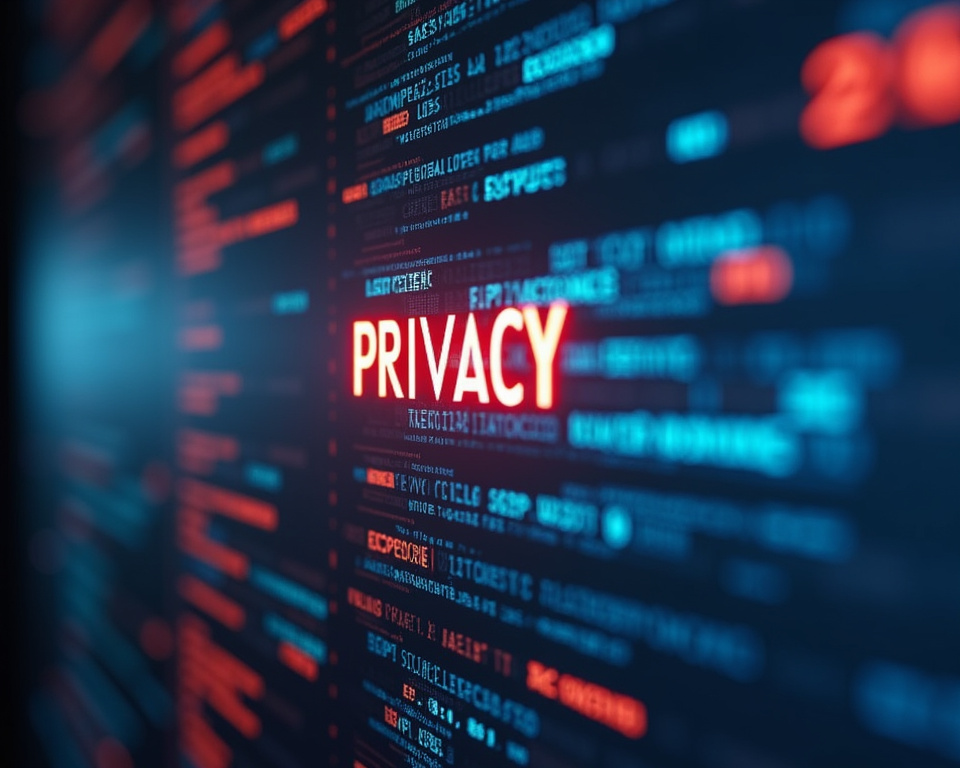VPNs for Photographers: Protecting Digital Assets
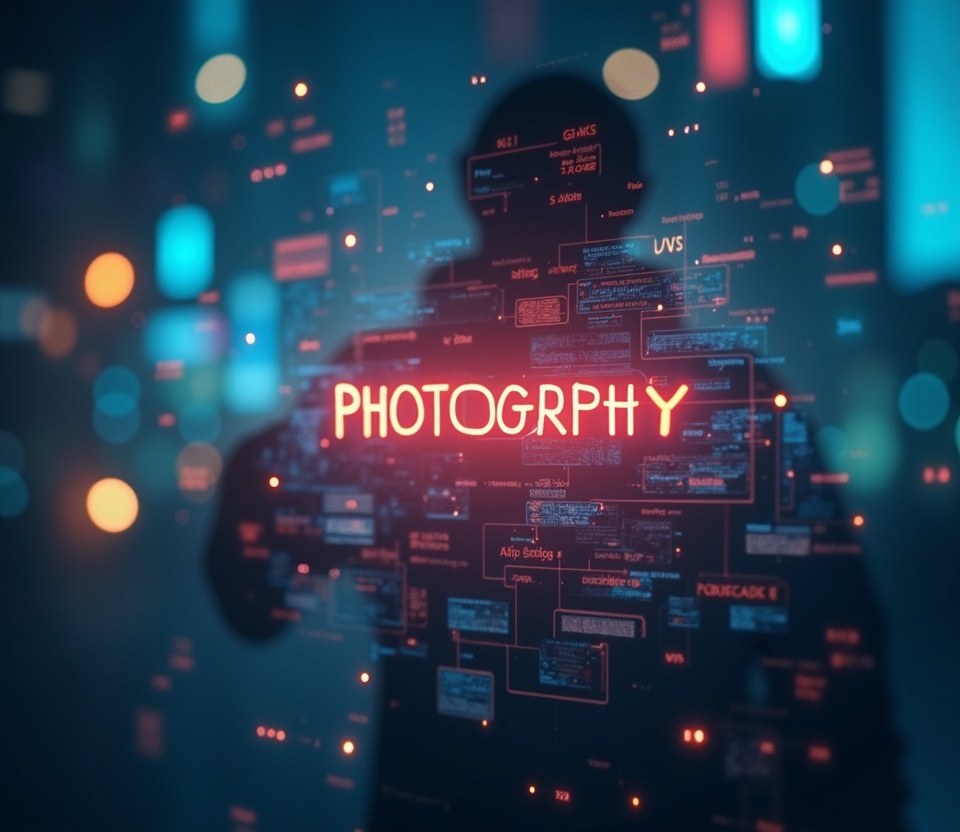
Table of Contents
Safeguarding Creative Works with VPNs
In the digital age, photographers are increasingly reliant on online platforms for sharing, storing, and managing their work. The internet, while offering unparalleled opportunities for showcasing work and collaborating with clients globally, also exposes these visual artists to a heightened risk of security breaches, data theft, and copyright infringement. A photographer VPN steps in as a crucial tool for digital asset protection, ensuring that their valuable visual content remains secure and private from prying eyes and malicious actors.
This article delves into the absolute importance of VPNs for photographers, exploring in detail how they can effectively safeguard their digital assets, maintain visual security throughout their workflows, and implement robust strategies for consistent content safeguarding that protects their intellectual property. The modern photographer's digital workflow is intrinsically vulnerable and this vulnerability stems from a multitude of sources presenting both obvious and subtle risks. Cloud storage solutions, while undeniably convenient for accessibility and backup, present a potential single point of access for determined hackers if the implemented security measures aren't meticulously maintained and robust.
Public Wi-Fi networks, often the only option available to photographers while traveling, working on location, or attending industry events, are notoriously and inherently insecure. These networks frequently lack adequate encryption, leaving unencrypted or poorly encrypted data exposed to interception by anyone with the right tools and technical know-how lurking on the same network. Furthermore, the very act of sharing images online, whether through social media platforms for promotion, dedicated portfolio websites for showcasing work, or secure client portals for delivering final products, creates countless opportunities for unauthorized use, modification, or outright theft of valuable visual assets.
Using a photographer VPN directly addresses these prevalent risks by first creating a secure and powerfully encrypted tunnel for all internet traffic originating from the photographer's device. This tunnel acts as a protective barrier against eavesdropping and data interception. Secondly, a VPN effectively masks the user's real IP address, replacing it with the IP address of the VPN server, thereby preventing websites and online services from tracking the photographer's true location and online activities.
This added layer of anonymity and security is incredibly important for photographers working in environments where privacy is paramount. This encryption process is the key to security, transforming readable and easily understandable data into an unreadable and unintelligible format, making it virtually impossible for any attackers to intercept and decipher the sensitive information being transmitted across the internet. By intelligently routing all internet traffic through a secure and strategically located VPN server, a VPN effectively conceals the photographer's true location and personal identity, masking the characteristics that would otherwise make them easy to identify in an online environment.
This feature becomes especially invaluable for photographers who may be working diligently in politically sensitive environments or covering controversial and potentially dangerous subjects, where anonymity can be absolutely crucial for their personal safety and the crucial protection of their sources. The visual artist's reputation can be ruined by the dangers of their profession being exposed or sensitive personal data leaking online. Beyond simple encryption and improved anonymity measures, a top tier VPN service also offers crucial protection against various forms of malware and deceptive phishing attacks.
Many leading VPN providers proactively incorporate advanced features such as integrated ad blockers and robust malicious website filters, which can significantly reduce the likelihood of photographers inadvertently clicking on harmful or malicious links or unknowingly downloading infected files that could compromise their systems. These extremely helpful features add a valuable extra layer of defense against common and constantly evolving online threats, diligently helping to maintain the overall integrity of their precious digital assets. Actively establishing a secure VPN connection proactively before routinely accessing online cloud storage accounts, securely sharing files with clients requiring confidentiality, or even casually browsing the unrestricted internet is a very vital step for ensuring both the ongoing confidentiality and ironclad security of the photographer's very important work.
For those photographers who frequently rely on resource intensive cloud-based editing software solutions or regularly collaborate with remote teams across various geographical regions, a reliable and secure VPN provides a stable and encrypted connection, thus powerfully preventing any possibilities of unauthorized access and potential data breaches that could be extremely costly. Therefore, the process of choosing the correct VPN service involves very careful consideration of several key features to ensure security, this includes ensuring the implementation of strong encryption protocols across the board, the enforcement of a strict zero-logs policy by the service provider, a wide and internationally diverse range of available server locations, and of course consistently fast and stable connection speeds to prevent workflow disruption. It is critical to choose a provider that demonstrates complete transparency about its established security practices and possesses a well-documented track record of safeguarding user privacy.
Protecting Content Rights in the Digital Age
Implementing a photographer VPN successfully involves more than simply choosing a service based on online reviews or promotional offers; it requires a strategic and meticulously planned approach to holistic digital asset protection that considers all aspects of the photographer's workflow. This includes establishing clear, concise, and easily understandable security protocols for every single device used throughout the photographic workflow, including cameras, computers, tablets, and smartphones. It also necessitates regularly updating software and operating systems on these devices to patch known security vulnerabilities promptly, and thoroughly educating all team members, including assistants, editors, and retouchers, on the vital importance of consistent VPN usage and other fundamental safe online practices to minimize the risk of human error.
Setting up a VPN on a computer, tablet, or mobile device running either mainstream or less common operating systems these days is typically a straightforward and well-documented process. It generally involves downloading the VPN provider's dedicated software application, creating a new user account, and then securely connecting to a server location of the photographer's choice. However, skilled photographers should go even further and carefully configure their individual VPN settings to ensure optimal security and consistently high performance tailored to their specific internet usage patterns.
This granular configuration may involve manually selecting the most appropriate and up-to-date encryption protocol for their needs, enabling a critical "kill switch" feature which immediately and automatically disconnects the device's access to the internet should the VPN connection unexpectedly drop for any reason, and thoroughly configuring settings to actively prevent any type of accidental DNS leaks which could potentially expose the photographer's browsing activity. For photographers who skillfully manage multiple devices simultaneously or urgently need to protect their entire home or studio network from potential intrusion, setting up the preferred VPN directly on their network router can be a highly effective and generally more efficient solution overall. This approach allows all unencrypted traffic passing through the router to be automatically encrypted, providing a blanket of persistent protection for every single device effortlessly connected to the network without needing independent setup on each device.
However, this more advanced option typically requires a greater degree of technical expertise to configure successfully and may potentially induce a marginal impact on overall internet connection speeds, depending on the capabilities of the router hardware being used. Proactively protecting digital assets extends far beyond the simple act of encrypting internet traffic using a VPN; it also involves implementing additional security measures, best practices, and robust protocols to actively prevent unauthorized access to local storage on devices and physical access to the devices themselves. This generally includes enforcing a combination of strong, unique passwords for all online profiles, enabling readily available two-factor authentication (2FA) on every account where that important option is offered, and regularly and automatically backing up valuable data to a completely separate, secure offsite storage solution which could be either in the cloud or on a physically isolated hard drive.
Thoughtful photographers should strongly begin to consider using dedicated encrypted external hard drives or other forms of secure storage devices to further protect their sensitive files from potential local breaches, intrusions, or the effects of device theft or loss. By skillfully implementing a truly comprehensive digital security strategy that intelligently includes both reliable VPN protection for external traffic and robust local security measures for internal data, photographers can very significantly reduce their overall risk of potentially damaging data breaches and confidently maintain the sustained integrity of their precious digital assets. Regularly reviewing and diligently updating security protocols is equally essential to proactively stay ahead of emerging threats and the ever-changing landscape of cybersecurity.
This involves staying fully informed about the absolute latest security vulnerabilities being discovered, routinely updating software and firmware as soon as revisions become available, and regularly scanning all computing devices for potential malware infections. Proficient photographers should also conduct periodic internal security audits internally to proactively identify any potential weaknesses or loopholes in their digital workflow and promptly implement corrective or preventative measures to patch any discovered vulnerabilities. Content safeguarding also naturally includes implementing proactive measures to fully protect against copyright infringement resulting from the widespread distribution of digital content and the ability to easily copy and share visual media online.
Photographers should be sure to take appropriate steps to effectively watermark valuable images with their copyright information, legally register their copyrights as soon as possible, and actively monitor relevant online platforms to detect and address any unauthorized use of their protected work. If infringement is eventually detected, they should act quickly to enforce their legal rights effectively, whether that entails sending cease and desist letters, filing DMCA takedown notices with platform operators, or pursuing more formal legal action if necessary. By taking these proactive steps to rigorously protect their copyrights, photographers can effectively deter potential infringers from misusing their work and also ensure that they are clearly recognized and fairly compensated for their creative contributions to the visual arts.
Choosing a high-quality VPN service that offers a consistently wide range of server locations distributed across numerous countries is particularly important for photographers who travel frequently for work or simply need to intelligently bypass geographic restrictions to access content that is not easily available in their current location. A VPN with servers located in diverse geographical regions allows photographers to access a global range of content effortlessly.
Securing Student Submissions in Digital Photography Courses
The core concept of visual security is of paramount importance for all conscientious photographers, as their meticulously crafted images directly represent their professional livelihood and artistic reputation. This consideration extends far beyond simply preventing the unauthorized theft or illegal distribution of the finished images; it also vitally encompasses protecting the overall integrity of the entire visual representation, ensuring that the original artistic vision remains uncompromised throughout the digital workflow. In this context, a reliable and skillfully configured VPN for photographers plays a critically important and multifaceted role in diligently maintaining robust visual security, most notably by constantly ensuring that all images and related data are securely transmitted across networks, effectively preventing any form of tampering, intentional alteration, or accidental corruption during transit.
This unwavering protection is particularly vital when sharing high-resolution images, sensitive client briefs, or confidential project metadata with clients, trusted collaborators, or crucial editors. Any form of unauthorized modification, however small, can have potentially serious consequences, ranging from minor inconveniences to significant breaches of contract or reputational damage to all parties involved. For example, consider the highly specialized case of a skilled photojournalist meticulously working in a complex and often hostile conflict zone.
The seamless and secure transmission of captured images is not simply about diligently safeguarding copyright ownership; it's also very much about ensuring to the best of their ability that the transmitted images reliably reach their intended destination completely unaltered, free from any subtle intentional manipulation that could potentially misrepresent the original context of the captured situation or even inadvertently put people in unnecessary physical danger through misconstrued data. In highly sensitive cases such as these, using a properly configured and consistently maintained photographer VPN becomes an indispensable tool for consistently maintaining the accuracy, authenticity, and overall integrity of their crucial visual reporting. If sources can't trust the photographer to get the truth out, those sources could find themselves in danger.
Visual security also explicitly encompasses proactively preventing unauthorized access to crucial editing software and specialized image processing tools, as these systems often contain invaluable proprietary workflows and confidential client data. Many professional photographers rely heavily on painstakingly customized and meticulously tweaked specialized software applications for post-processing, color correction, advanced retouching, and the seamless management of large volumes of valuable image assets. Ensuring that all of these critical tools and associated systems are securely protected with consistently strong, frequently changed passwords and robust security protocols, including the active enablement of two-factor authentication (2FA) wherever realistically possible, is absolutely essential for preventing unauthorized access and thus maintaining complete control over the entire visual workflow.
Additionally, photographers should strongly consider implementing stringent access controls and meticulously auditing user activity on all systems to promptly detect any signs of suspicious or potentially malicious activity. The goal is always to restrict access to sensitive tools and data strictly to authorized personnel and to actively monitor all system usage for any indication of a breach or security compromise. Safeguarding digital assets encompasses proactively protecting crucial sensitive business information from unauthorized access that could impact the business.
This can include client lists and contracts, financial data, and marketing plans, and it is vital these details are protected via a VPN otherwise they are exposed to the Internet. A VPN is essential to keep a businesses from exposing critical details that can be detrimental to their overall revenue.
Enhancing Security and Privacy for Subscription Services
Another critical facet of digital asset protection for photographers lies in the comprehensive management and secure handling of metadata embedded within their image files. Metadata, which encompasses details such as camera settings, location data, copyright information, and keywords, can be invaluable for organizing, archiving, and licensing images. However, this same metadata can also inadvertently expose sensitive information, such as the photographer's location or client details, if not handled carefully.
A photographer VPN can mitigate this risk by preventing unauthorized access to systems where metadata is stored and processed. Furthermore, photographers should consider using specialized tools to scrub or anonymize metadata before sharing images online, particularly when posting to public platforms where privacy is a concern. This practice ensures that sensitive information is removed or obfuscated, protecting both the photographer and their clients from potential identification or tracking.
In addition to protecting metadata, photographers also need to be vigilant about preventing unauthorized modifications to their images. Digital watermarks can serve as an effective deterrent against copyright infringement by embedding visible or invisible markers within the image itself. These watermarks clearly identify the photographer as the copyright holder and can discourage unauthorized use or alteration of the image.
Furthermore, photographers should consider using digital signatures or blockchain technology to further authenticate the integrity of their images and prevent tampering. These technologies create a unique fingerprint for each image, allowing viewers to verify that the image has not been altered or manipulated since its creation. Protecting against ransomware attacks is another crucial aspect of digital asset protection for photographers.
Ransomware is a type of malicious software that encrypts a victim's files and demands a ransom payment in exchange for the decryption key. Photographers, with their large collections of valuable image files, are particularly vulnerable to ransomware attacks. A VPN can help protect against ransomware by preventing access to malicious websites and blocking phishing emails that often deliver ransomware payloads.
Furthermore, photographers should implement a robust backup strategy to ensure that their files can be recovered in the event of a ransomware attack. This includes regularly backing up data to an offline storage device or a secure cloud-based backup service. It's also essential to educate team members about the dangers of ransomware and to train them to identify and avoid phishing emails.
Implementing strong password policies and enabling multi-factor authentication can also help prevent unauthorized access to systems and reduce the risk of a ransomware infection. The legal implications of data breaches and copyright infringement are also significant concerns for photographers. A data breach can expose sensitive client information, leading to potential legal liabilities and reputational damage.
Copyright infringement can result in financial losses and legal battles, as photographers seek to protect their intellectual property rights. A VPN can help mitigate these legal risks by providing a secure and private online environment. Furthermore, photographers should consult with legal professionals to ensure that they are complying with all applicable laws and regulations regarding data privacy and copyright protection.
This includes understanding and complying with GDPR (General Data Protection Regulation) and other privacy laws, as well as registering copyrights for their images and enforcing their intellectual property rights. Taking proactive steps to protect digital assets can help photographers avoid costly legal disputes and maintain their professional reputations. The increasing use of AI in photography also presents new challenges and opportunities for digital asset protection.
AI-powered tools can be used to generate realistic fake images or to manipulate existing images in ways that are difficult to detect. A VPN can help protect against AI-based image manipulation by preventing access to malicious websites that offer AI-powered image editing tools. Furthermore, photographers should be aware of the potential for AI-generated images to infringe on their copyrights.
They should actively monitor online platforms for unauthorized use of their images and take steps to enforce their rights. They should also consider using AI-powered tools to detect and identify manipulated images.
In conclusion, the multifaceted realm of digital asset protection is an indispensable and continually evolving imperative for all modern photographers. From the establishment of robust VPN connections for secure data transmission to the meticulous implementation of proactive measures against copyright infringement and the adept navigation of emerging AI-driven challenges, photographers must vigilantly prioritize the safeguarding of their invaluable visual creations. The strategic integration of a photographer VPN within their workflow serves as a foundational cornerstone of digital security, providing consistently encrypted channels for secure communication, effective masking of IP addresses for enhanced anonymity, and diligent shielding against various malicious cyber threats such as malware and phishing attacks.
However, VPN utilization should only represent one component of a truly comprehensive and layered security strategy. Photographers must also consciously emphasize the importance of implementing stringent access control measures to vigilantly restrict unauthorized system access, routinely conduct comprehensive security audits to promptly identify and remediate potential vulnerabilities, and persistently educate all team members regarding the critical importance of adhering to safe and responsible online practices. Copyright protection forms another essential pillar of robust digital asset management.
Photographers should persistently employ digital watermarks, meticulously register their copyrights as soon as is feasible, and actively monitor online platforms for any indications of unauthorized usage of their protected imagery. The swift and decisive enforcement of their intellectual property rights, achieved through methods such as cease and desist letters or DMCA takedown notices, serves as a potent deterrent against potential infringers and facilitates the receiving of appropriate recognition and deserved compensation for their creative endeavors. Furthermore, photographers must proactively address the unique challenges presented by the increasing prevalence of artificial intelligence (AI) in the digital landscape.
This includes cultivating awareness of the potential for AI-powered tools to generate realistic yet deceptive fake images and diligently adopting measures to effectively detect and actively prevent AI-driven manipulation of existing photographs. The use of AI to reverse engineer techniques requires constant vigilance. By remaining proactively informed, diligently adaptable, and steadfastly committed to implementing cutting-edge security best practices, photographers can effectively fortify their digital infrastructure, safeguard their valuable visual assets, and meticulously protect their professional reputations within an increasingly interconnected and digitally driven world.
The long-term sustainability of a photography business undoubtedly hinges on the ability to expertly navigate the intricacies of digital security and diligently protect the very intellectual property that sustains its ongoing existence. The digital asset protection strategies outlined in this article should be considered living guidelines to be constantly iterated on and evaluated as novel exploits and security trends continue to reveal themselves. This continuous cycle and prioritization of digital safeguarding allows photographers to focus their efforts on the visual work they are so passionate about.
Stay Updated
Get the latest VPN news, tips, and exclusive deals to your inbox.
